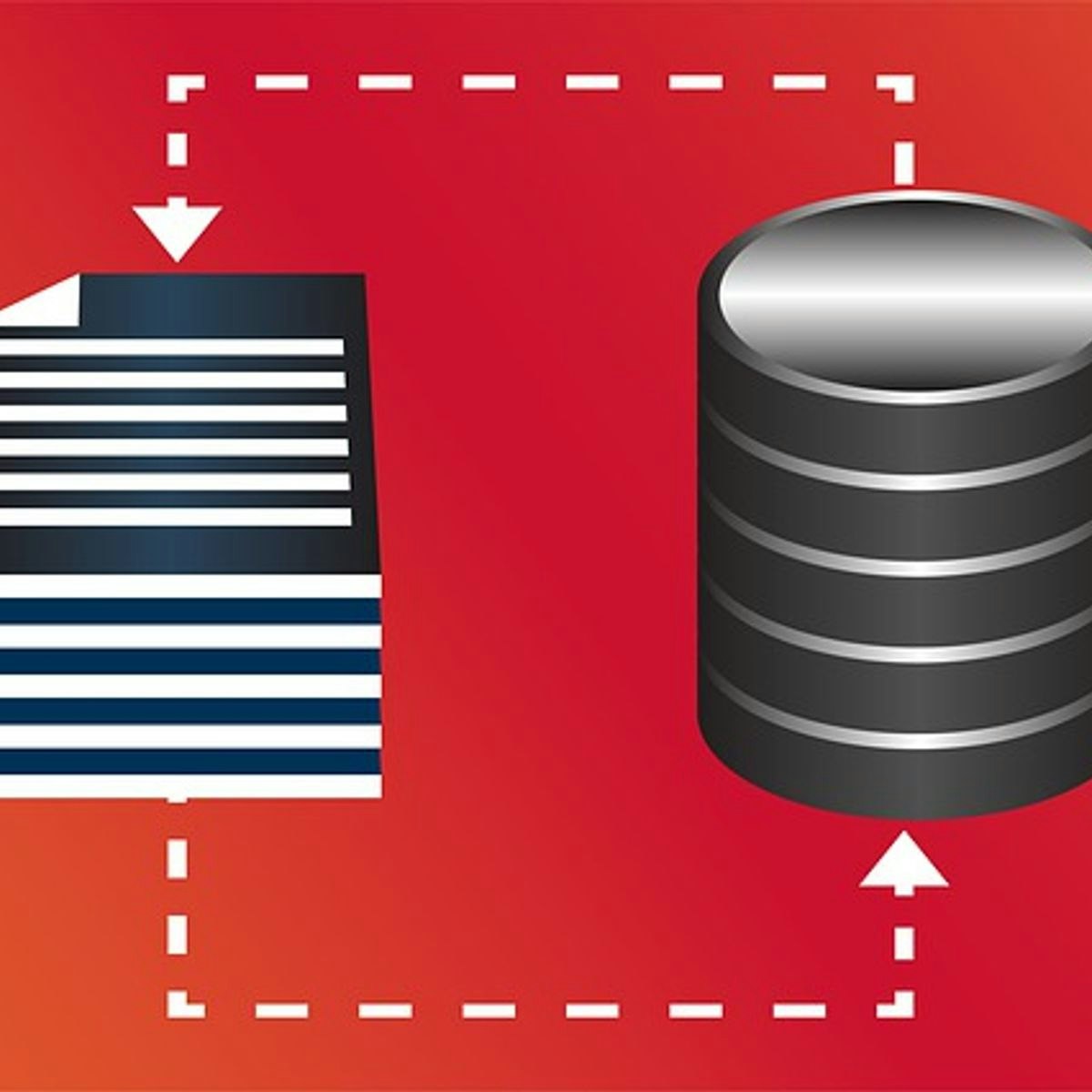Back to Courses









Information Technology Courses - Page 59
Showing results 581-590 of 1471

Storytelling in Branding and Content Marketing
Storytelling in Branding and Content Marketing is an IE University course for professionals who want to learn how to produce memorable content through quality storytelling.
Students will go through a learning process that will start with a deep understanding of the term Branded Content and its main differences with traditional advertising, simultaneously creating an effective storyline based on strong brand values and messages. The course analyses the production of quality journalism and explores how to create memorable and long-lasting connections with a given target audience in a world of constant content surplus. It concludes with a deeper insight into the term of Brand Entertainment, giving them the opportunity to amplify their knowledge about how to produce a good call to action and retain the audience's attention.

Clean Data in SQL using MySQL Workbench
By the end of this project, you will clean up MySQL student data in a MySQL database using SQL commands in MySQL Workbench.
MySQL is a widely used relational database. Often data is incorrectly formatted, duplicated and/or lacks the granularity to perform proper analysis of a database. MySQL workbench provides a User Interface to MySQL data that allows the data analyst to Perform queries to check data, repair data, create tables, and insert data to clean up a database.
Note: This course works best for learners who are based in the North America region. We’re currently working on providing the same experience in other regions.

Technologies and platforms for Artificial Intelligence
This course will address the hardware technologies for machine and deep learning (from the units of an Internet-of-Things system to a large-scale data centers) and will explore the families of machine and deep learning platforms (libraries and frameworks) for the design and development of smart applications and systems.

Redacting Sensitive Data with the DLP API
This is a self-paced lab that takes place in the Google Cloud console. Redacting Sensitive Data with the DLP API

Build a Serverless Web App with Firebase
In this lab you will create a serverless web app with Firebase, which allows users to upload information and make appointments with the fictional Pet Theory clinic.

Managing a GKE Multi-tenant Cluster with Namespaces
This is a self-paced lab that takes place in the Google Cloud console. This lab explores best practices in managing and monitoring a multi-tenant cluster in order to optimize your costs.

Security and Privacy for Big Data - Part 1
This course sensitizes security in Big Data environments. You will discover cryptographic principles, mechanisms to manage access controls in your Big Data system. By the end of the course, you will be ready to plan your next Big Data project successfully, ensuring that all security-related issues are under control.
You will look at decent-sized big data projects with security-skilled eyes, being able to recognize dangers. This will allow you to improve your systems to a grown and sustainable level.
If you are an ICT professional or someone who designs and manages systems in big data environments, this course is for you! Knowledge about Big Data and IT is advantageous, but if you are e.g. a product manager just touching the surface of Big Data and security, this course will suit you as well.

Overview of Data Visualization in Microsoft Excel
After finishing this project, you will have learned some basic rules about data visualization and can apply them whenever you create charts. In present times, one can find data visualization in a wide range of fields. Businesses show graphs to report on revenue, police departments create maps of crimes in their jurisdiction, and on the website for the city hall, you can likely find visual comparisons of people who moved to the city and those who left the city. For this reason, it is important for a lot of people to know the basics of data visualization.

Network Security
Welcome to course 4 of 5 of this Specialization, Network Security.
In this course, we will look at computer networking and securing the network. In today’s world, the internet connects nearly everyone and everything, and this is accomplished through networking. While most see computer networking as a positive, criminals routinely use the internet, and the networking protocols themselves, as weapons and tools to exploit vulnerabilities and for this reason we must do our best to secure the network. We will review the basic components of a network, threats and attacks to the network, and learn how to protect them from attackers. Network security itself can be a specialty career within cybersecurity; however, all information security professionals need to understand how networks operate and are exploited to better secure them.
After completing this chapter, the participant will be able to:
Explain the concepts of network security.
- Recognize common networking terms and models.
- Identify common protocols and ports and their secure counterparts.
- Identify types of network (cyber) threats and attacks.
- Discuss common tools used to identify and prevent threats.
- Identify common data center terminology.
- Recognize common cloud service terminology.
- Identify secure network design terminology.
- Practice the terminology of and review network security concepts.
Agenda
Course Introduction
Module 1: Network Concepts and Models
Module 2: Common Network Threats and Attacks
Module 3: Network Security Infrastructure
Module 4: Network Security Review
This training is for IT professionals, career changers, college students, recent college graduates, advanced high school students and recent high school graduates looking to start their path toward cybersecurity leadership by taking the Certified in Cybersecurity entry-level exam.
There are no prerequisites to take the training or the exam. It is recommended that candidates have basic Information Technology (IT) knowledge. No work experience in cybersecurity or formal education diploma/degree is required.

Using TensorFlow with Amazon Sagemaker
Please note: You will need an AWS account to complete this course. Your AWS account will be charged as per your usage. Please make sure that you are able to access Sagemaker within your AWS account. If your AWS account is new, you may need to ask AWS support for access to certain resources. You should be familiar with python programming, and AWS before starting this hands on project. We use a Sagemaker P type instance in this project, and if you don't have access to this instance type, please contact AWS support and request access.
In this 2-hour long project-based course, you will learn how to train and deploy an image classifier created and trained with the TensorFlow framework within the Amazon Sagemaker ecosystem. Sagemaker provides a number of machine learning algorithms ready to be used for solving a number of tasks. However, it is possible to use Sagemaker for custom training scripts as well. We will use TensorFlow and Sagemaker's TensorFlow Estimator to create, train and deploy a model that will be able to classify images of dogs and cats from the popular Oxford IIIT Pet Dataset.
Since this is a practical, project-based course, we will not dive in the theory behind deep learning based image classification, but will focus purely on training and deploying a model with Sagemaker and TensorFlow. You will also need to have some experience with Amazon Web Services (AWS).
Note: This course works best for learners who are based in the North America region. We’re currently working on providing the same experience in other regions.
Popular Internships and Jobs by Categories
Browse
© 2024 BoostGrad | All rights reserved


